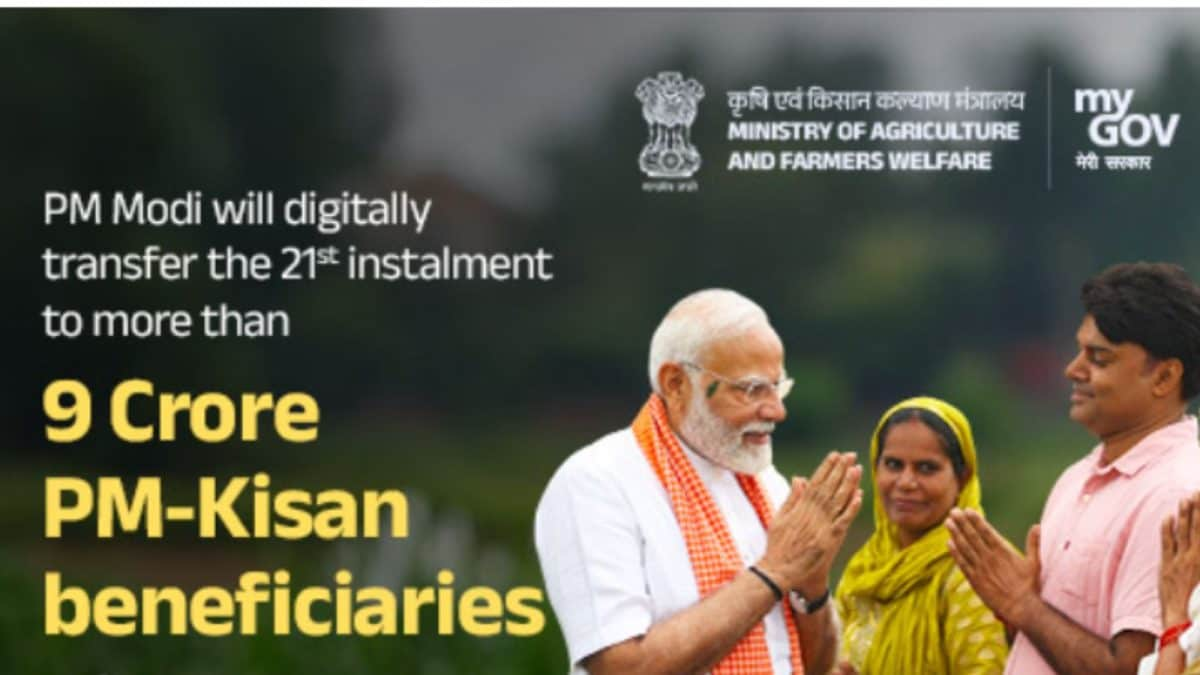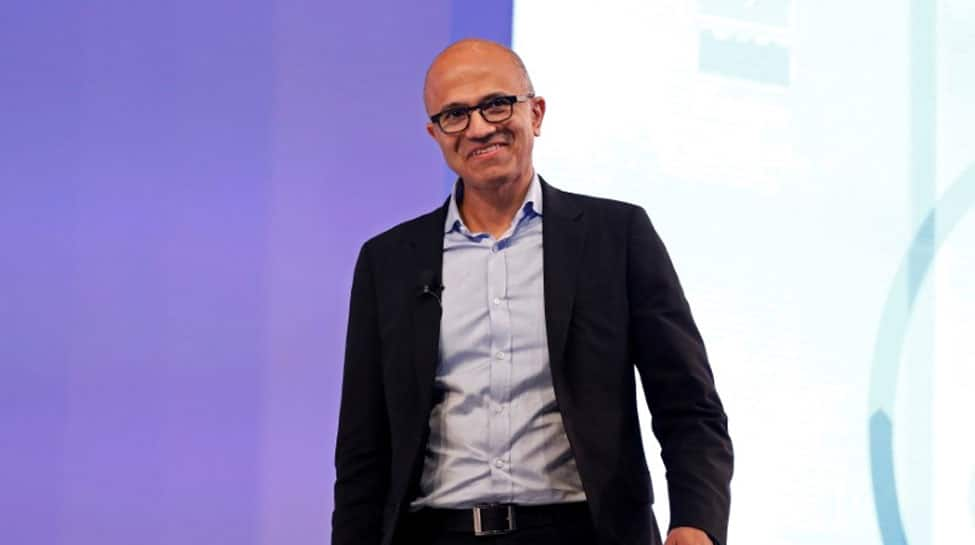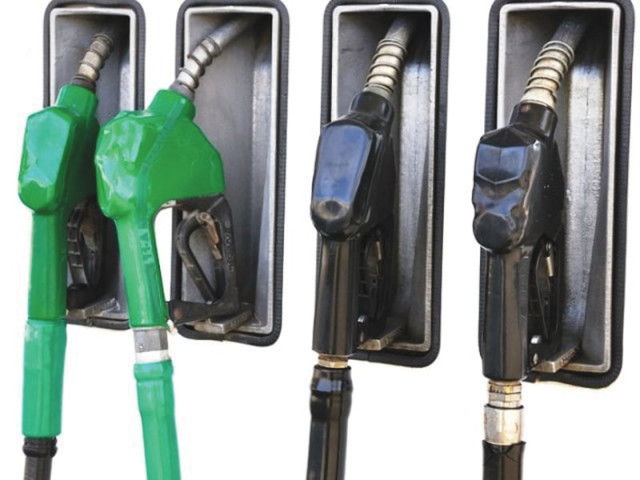Business
New contributory pension scheme unveiled with 10:12 employee-govt share | The Express Tribune

ISLAMABAD:
The federal government has implemented a new Contributory Pension Fund Scheme as the employees will now contribute 10 per cent of their salaries toward their pensions, making them eligible to receive a 12 per cent contribution from the national exchequer.
The Federal Government Defined Contribution (FGDC) Pension Fund Scheme Rules 2024 have been issued by the Finance Ministry’s Regulation Department under the Public Finance Management Act, 2019. The new scheme will be regulated in accordance with the Voluntary Pension System Rules, 2005, and the Non-Banking Finance Companies and Notified Entities Regulations, 2008.
The rules replace the earlier directive issued in August 2024, which had set the government’s contribution at 20 per cent.
On August 20, 2024, the Finance Ministry had initially announced the introduction of a contributory pension scheme for newly recruited civil servants and armed forces personnel. Under the revised system, civil employees recruited on or after July 1, 2024, including those in civil defense, will be covered, while implementation for armed forces personnel is expected from July 1, 2025, pending formal approval.
To support the new pension structure, the government has allocated Rs10 billion for the 2024–25 budget and Rs4.3 billion for 2025–26.
Sources revealed that the scheme was introduced on the recommendation of the International Monetary Fund (IMF) and the World Bank to address the rising pension liabilities, which the government has termed a serious fiscal risk. The reform will not affect current employees but aims to slow the growth of future pension expenditures.
According to government estimates, federal pension spending is projected to reach Rs1.05 trillion in 2024–25, up 29 per cent from Rs821 billion in 2023–24. Pension liabilities for the armed forces are expected to rise 32 per cent, reaching Rs742 billion in 2025–26 compared to Rs563 billion in 2023–24.
For civil servants, pension allocations have increased by 6.6 per cent to Rs243 billion in the current fiscal year from Rs228 billion last year, reflecting modest savings due to the reforms.
Under the new rules, only authorized pension fund managers will manage the fund. The government, as an employer, will deposit 12 per cent of an employee’s pensionable salary through the Accountant General’s Office, which will also monitor record-keeping and fund transfers.
Employees’ 10 per cent contributions will be automatically deducted from their salaries, and both employee and employer contributions will be transferred to the Employer Pension Fund before salary disbursement.
Employees will not be allowed to withdraw pension funds before retirement. Upon retirement, they may withdraw up to 25 per cent of their accumulated savings, while the remaining amount will stay invested under the Voluntary Pension System Rules, 2002, until they complete 20 years of investment or reach the age of 80, whichever comes first.
Employee payslips will now include detailed pension contribution information, listing both the employee’s and employer’s shares along with the total accumulated balance. The Finance Ministry will allocate an annual budget for the government’s share and sign contracts only with pension fund managers that support electronic fund transfers. The agreements will also require insurance coverage in cases of death or disability, to be provided through the designated fund managers.
To supervise the scheme’s implementation, the Finance Ministry will establish a Non-Banking Finance Company (NBFC), which will initially operate in an interim capacity until formally constituted. Pension benefits in cases of retirement, resignation, dismissal, or early retirement will be determined according to government regulations.
The Contributory Pension Fund Scheme marks a major shift from the traditional defined-benefit model to a defined-contribution system, aiming to enhance financial sustainability and ensure long-term retirement security for future public sector employees.
Business
PM Kisan 21st Installment Live Updates: PM Modi To Release Rs 18,000 Crore To Nearly 9 Crore Farmers

PM Kisan 21st Installment Live Updates: The wait for the PM Kisan Samman Nidhi’s 21st installment is now going to be over today, after Prime Minister Narendra Modi is set to release the next tranche of Rs 2,000 shortly at an event in Coimbatore, Tamil Nadu.
“The prime minister will release the 21st installment of PM-KISAN on November 19, 2025, in Coimbatore, Tamil Nadu,” according to PM Kisan’s portal.
As per the government data, Rs 18,000 crore will be transferred to nearly 9 crore farmers nationwide. Combined with state schemes, many farmers are receiving additional income buffers ahead of the agri season.
“This instalment comes at a crucial moment: rising input costs, mandi price volatility, and liquidity gaps continue to challenge small and marginal farmers. A deeper lens on how direct benefit transfers are influencing farm decisions, post-harvest management, storage choices, and credit dependency could make for a compelling industry story,” said Amith Agarwal, co-founder and CEO of StarAgri Warehousing & Collateral Management.
PM Kisan: How To Check Beneficiary Status?
1. Visit the official PM Kisan portal: https://pmkisan.gov.in
2. On the homepage, under the ‘FARMERS CORNER’, click on ‘Beneficiary List’.
3. Enter your state, district, sub-district, block, and village.
4. Click ‘Get Report’ to view the list of beneficiaries in your village.
Business
Satya Nadella To Visit India From December 10–12; To Meet Top Leaders, Discuss AI Push

New Delhi: Microsoft Chairman and CEO Satya Nadella will begin a three-day visit to India on December 10.
The India-born tech leader will travel to Delhi, Bengaluru, and Mumbai as part of his tour, during which he is expected to meet Prime Minister Narendra Modi, IT Minister Ashwini Vaishnaw, and other senior government officials.
Nadella will start his visit in Delhi on December 10, move to Bengaluru on December 11, and conclude in Mumbai on December 12. This will be one of his several visits to India in recent years as Microsoft continues to expand its presence and strengthen its position in the fast-growing cloud and AI services market.
During his earlier visit in January this year, Nadella had announced a $3 billion investment to build cloud and AI infrastructure in India and to support skilling programmes.
At that time, he said India was becoming a global leader in AI innovation and stressed that Microsoft wanted to help make the country “AI-first.” The company also said it would train 10 million more Indians in essential AI skills by 2030.
Microsoft had already exceeded its 2025 target by training 2.4 million people within a year, with a majority of participants coming from Tier-II and Tier-III cities and 65 per cent of them being women.
Rival Google has also announced a major push in India, with a $15 billion investment to set up a state-of-the-art AI hub in Visakhapatnam.
The build-up to Nadella’s visit saw another important meeting on Tuesday, when Commerce and Industries Minister Piyush Goyal met Lisa Monaco, President of Microsoft Global Affairs.
After the meeting, Goyal posted on X that the discussion focused on Microsoft’s continued engagement in India and its support for AI-led innovation and infrastructure development.
He added that both sides also explored ways to strengthen the India–US partnership in AI, digital trade, and workforce skilling to ensure inclusive and sustainable growth.
Business
Buy or sell: Stock recommendation by brokers for November 19, 2025 – The Times of India

Jefferies has initiated its coverage of WeWork India with a buy rating and a target price of Rs 790. Analysts said that the company is the largest flexible workspace operator by revenues in India. At about 17% compounded annual growth rate (CAGR), flexible workspace stock is growing at two times the pace of office stock, with room for further penetration. They said WeWork’s premium positioning helps command higher average revenue per member and margins than peers.Motilal Oswal Securities has initiated its coverage of PB Fintech with a neutral rating and a target price of Rs 2,000. Analysts expect PB Fintech to post a strong FY25-FY28 revenue, earnings before interest, taxes, depreciation, and amortisation (EBITDA) and profit after tax (PAT) CAGR of 35%, 156% and 56%, respectively, after factoring in a strengthening position in under-penetrated credit and insurance industries. However, they believe the stock is fairly valued, and all positives are priced in at current levels. Any possibility of commission restructuring by insurance companies due to the loss of input tax credit post GST exemption poses a key risk for the company’s top-line growth.Morgan Stanley has an overweight rating on Eternal (formerly Zomato) with the target price at Rs 427. They believe Eternal has the best risk-reward matrix and investors would use the current weakness to accumulate the stock. Like Eternal’s strategy of doubling down on customer market share as wallet share expansion can follow later. Theyassume a stress case of higher aggression could mean push out of profitability but this is not a game changer. They are assuming a stress case scenario where the stock would bottom out at Rs 280 – Rs 285.UBS has a buy rating on Max Healthcare Institute with the target price at Rs 1,550. Analysts expect the company’s brownfield capacity addition to drive growth and earnings. The management said that it recently commissioned a Mohali facility including an oncology facility. It’s also commissioning a facility at Nanavati hospital inMumbai.Also the construction activity at other new hospitals is progressing well. The management indicated that the issues related to cashless service for insurance patients has been resolved and mentioned there was no/only limited impact as patients shift from insurance to cash in such instances.Nomura has a neutral rating on Oil India with the target price at Rs 430. Analysts said the company’s July-Sept quarter was a soft one as volumes were impacted by external factors. The expansion work at Numaligarh Refinery was on track, with first crude intake expected next month and a meaningful volume uptick by the July-Sept quarter ofnext year. Analysts cut Oil India’s FY26 and FY27 profit estimates by 37% and 18%, respectively, to reflect: Lower gas sales volume, lower crude price realizations, higher depletion & depreciation expenses, and sharply higher exploratory write-offs and impairments.
-

 Tech1 week ago
Tech1 week agoFrom waste to asset: Turning ethanol production CO₂ into jet fuel
-

 Tech4 days ago
Tech4 days agoNew carbon capture method uses water and pressure to remove CO₂ from emissions at half current costs
-

 Politics5 days ago
Politics5 days agoBritish-Pakistani honoured for transforming UK halal meat industry
-

 Sports3 days ago
Sports3 days agoTexas A&M officer scolds South Carolina wide receiver after touchdown; department speaks out
-

 Business4 days ago
Business4 days agoThese 9 Common Money Mistakes Are Eating Your Income
-

 Business4 days ago
Business4 days agoWhat’s behind Rachel Reeves’s hokey cokey on income tax rises?
-

 Tech1 week ago
Tech1 week agoSecurity flaws in portable genetic sequencers risk leaking private DNA data
-

 Fashion6 days ago
Fashion6 days agoAdidas & Patrick Mahomes expand NIL programme with Texas Tech athletes










